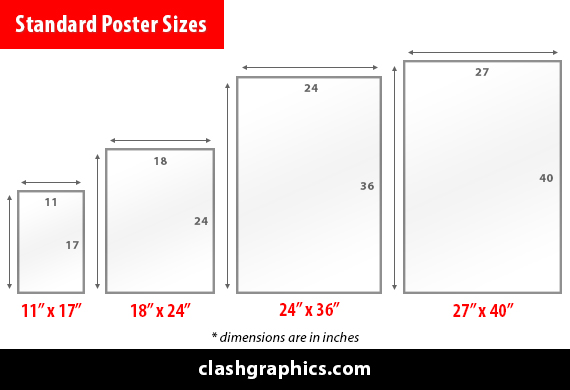What Is Print on Demand?
Posted by Clash Printing Atlanta on 10th Dec 2025
The global print-on-demand industry reached $10.2 billion in 2024 and continues expanding at an impressive annual growth rate. This explosive growth reflects a fundamental shift in how entrepreneurs approach e-commerce, eliminating traditional barrie…
read more















